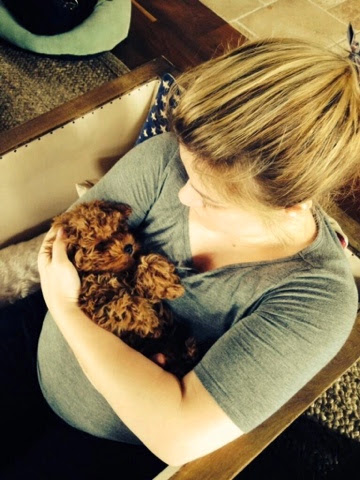Mom-to-be Ciara posted pics on Easter Sunday of herself posing up with a giant Easter bunny and another after getting ice cream on the holiday.
The photo also revealed that she has gone back to her original darker hair color. It also reminds us of an old wives tail about pregnant women and hair dye. There is a prevailing thought, which may be based on fear and myth, that dye may impact negatively on a growing baby.
It’s not entirely accurate that chemicals in hair dye and other hair products that alter the color or texture of the hair may penetrate your skin cells and infiltrate the fetus.
Dr. Roger W. Harms wrote for the Mayo Clinic site about dying your hair when pregnant, “when you use hair dye, a small amount of the dye may penetrate your skin. Generally, however, the dye isn’t thought to pose harm to a developing baby.
“Few studies have examined women’s use of hair dye before and during pregnancy, “he said. “A 2005 study suggested an association between hair dye and pregnancy and the childhood cancer neuroblastoma — but other studies haven’t reached the same conclusion. Most researchers say it’s unlikely that maternal use of hair products before or during pregnancy would increase the risk of childhood brain tumors.”
The good doctor has suggested that those concerned should talk to their health care provider, who may or may not suggest postponing any chemical hair treatments.
The Food and Drug Administration recommends for any person, pregnant or not, using hair dyes to:
- Wear gloves when applying hair dye.
- Apply hair dye as quickly as possible.
- Rinse your scalp thoroughly after using hair dye.
For African American and Latina women who sometimes use chemical treatments to texturize, relax or soften their hair, similar precaution can be taken. Many women when they become pregnant avoid relaxers and switch to wearing braided hairstyles. The fear there too is the lye in the chemicals may somehow impact their growing fetus.
The styling consists of braiding or twisting their own natural hair or twisting in extensions that match their natural hair texture.
In the end, women should do what’s best for them and within the guidelines of their OB or midwife.


















